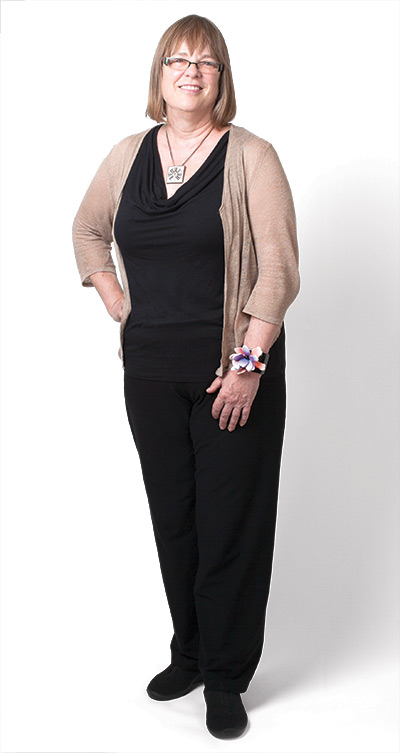We Want Answers: Sally Elk, CEO, Eastern State Penitentiary

Photograph by Claudia Gavin
For years now, you’ve witnessed the phenomenon of people paying money to be petrified by other people. How do you explain this strange desire? It’s amazing to me. I guess it’s the unknown, it’s going around the dark corner, it’s somebody getting close to you and breathing on your neck and touching your cheek. I don’t know. It’s so crazy. But it’s been good for us.
Have you ever been sued by a visitor? I mean, there must be liability issues. The place is like a haunted torts case. Ummm, sued … We have had injuries. We have a lot of people going through, and it’s at night, so we have had some injuries. But the thing is, we’re classified as an amusement by the state, so the state comes to inspect, and the city also inspects. We’re very aware of safety issues for people going through.
Beyond the haunted house: Do you ever get flack for getting, as they say, political? There’s an exhibit at Eastern State right now centered on Guantanamo Bay. No. I had one phone call from somebody about Guantanamo. I explained to him that it was an artist’s installation and an artist’s opinions. We think issues that are controversial are good to have discussions around.
Was Eastern State a humane prison when it was in operation? The intention was definitely for it to be a humane place. I think when it started, it was a simple idea: If you put people in isolation and have them visited by a moral instructor and teach them a skill, they’ll come out reformed. They’ll do their penance. So it sounds really good. But that’s a very simplistic view of why people commit crimes. The early administrators were dealing with some pretty difficult people, and so they had punishments that were similar to waterboarding. They had this thing called the iron gag, which went in your mouth and was held there by your arms behind your back, so if your arms got really heavy, the gag got tighter.
These days, you’re in a rapidly gentrifying, if not completely gentrified, neighborhood. If you had been here in 1994, there was Jack’s Firehouse across the street, London Grill, Rembrandt’s, and that was pretty much it for restaurants on Fairmount Avenue. Now there are tons of them, and they just keep opening. Along with kids’ clothes stores, and ice-cream shops, and a bike store … it just goes on and on.
Could a big real estate developer come in, make an offer and turn the penitentiary into, say, luxury condos? That already happened in the mid-’80s [after the prison shut down, before the museum opened]. Eastern State is owned by Philadelphia, and the city was looking at selling it. There was a big fight. The city paid attention. It really is a historically significant early American structure. The city said, “Okay, we won’t sell it. What do you want to do with it?”
I once talked to a guy who lived in Fairmount back in the ’70s. In the time between when Eastern State closed in 1971 and you guys took over in 1994, he and his friends used to try to scale the walls. [laughs] Yeah.
Does that still happen? No. There used to be a building right next to the back wall. Kids used to get up on top of that building and scale the wall. They did lots of damage. Broken toilets, broken skylights. Yeah, I meet those people every once in a while. I ask them, “Did you break anything?” They say, “No, I didn’t! I didn’t break a thing!” Hah.
Originally published in the October 2014 issue of Philadelphia magazine.


